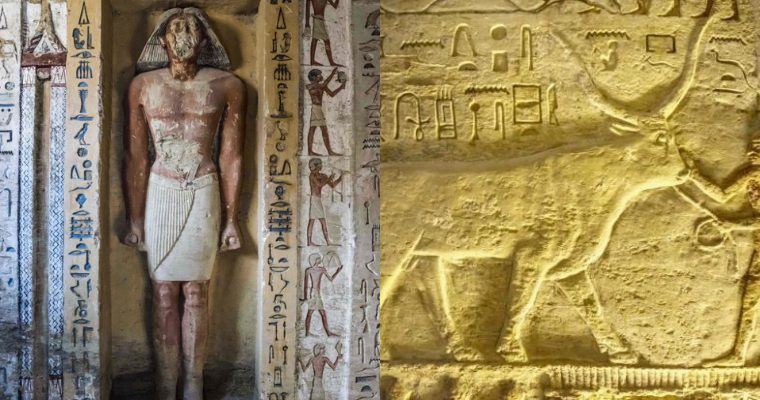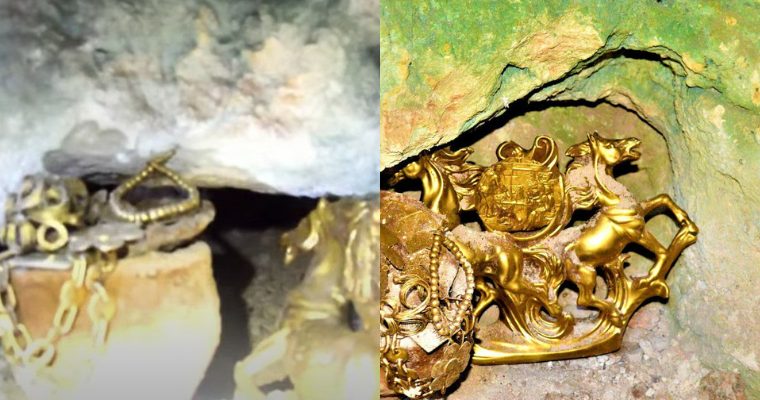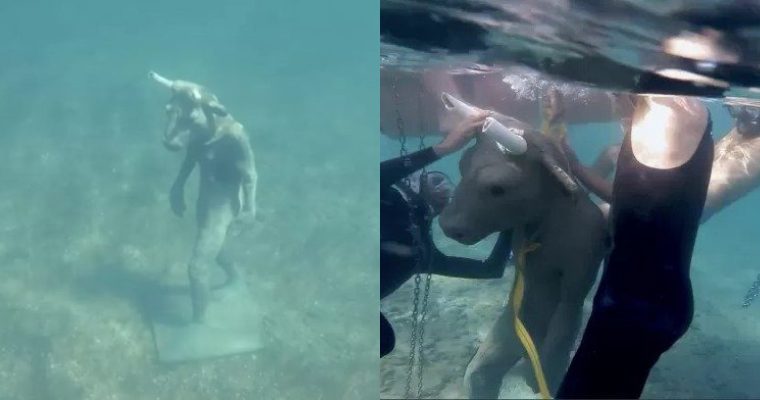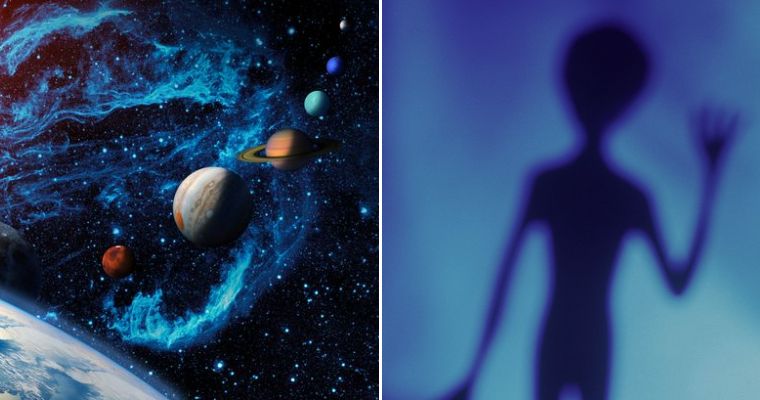The Kraken is a terrifying gigantic sea creature that is reported to be one mile long in Scandinavian folklore.
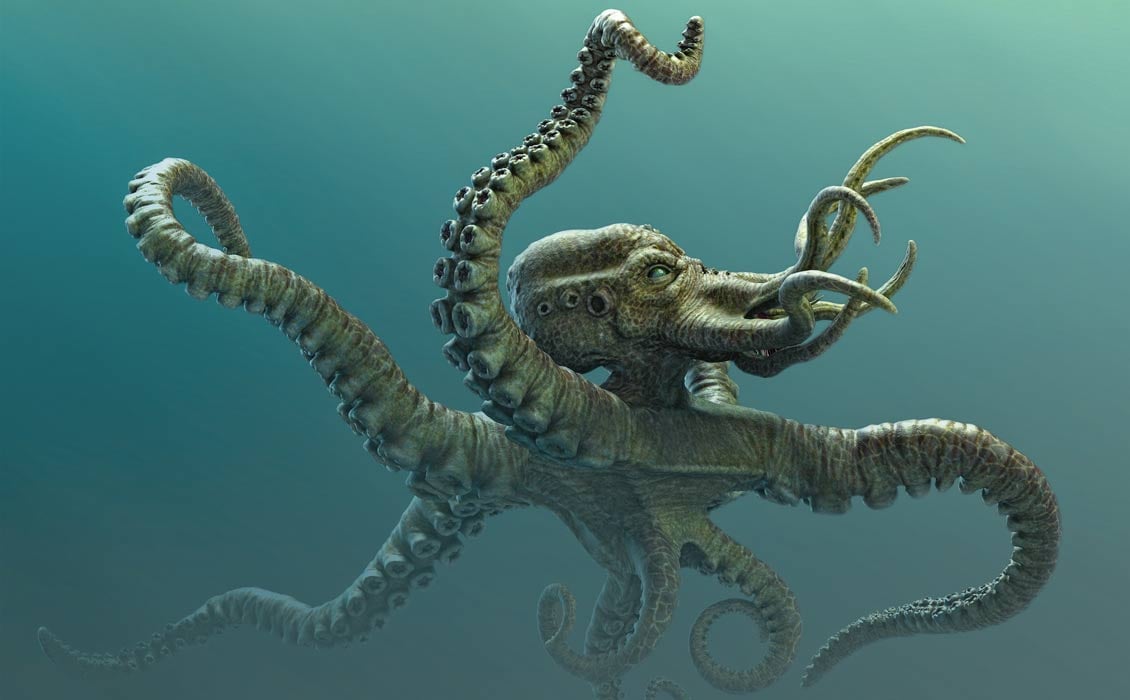
Stories generally describe it as a terrifyingly enormous octopus or squid like creature that attacks ships. According to some tales, the Kraken was so huge that its body could be mistaken for an island. But is there any chance that a real animal exists behind these scary legends?
Writings about the Kraken
The Kraken is first mentioned in the Örvar-Oddr, a 13th century Icelandic saga involving two sea monsters , the Hafgufa (sea mist) and the Lyngbakr (heather-back). The Hafgufa is believed to be a reference to the Kraken.
Around that time (circa 1250), another report about the Kraken was documented in the Norwegian scientific work Konungs skuggsja . It said that only two existed because they could not reproduce and would need so much food that they could not survive. That work goes on to describe the Kraken’s feeding habits, claiming that it would trap surrounding fish by stretching its neck with a belch, releasing food from its mouth. Other accounts suggest that the beast emitted a “strong and peculiar scent”, or perhaps poop, when it wanted to feed.
Either way, the fish would be lured in and enter the Kraken’s mouth to feed. As a result, vast quantities of them would be trapped. The sudden gathering of fish was thus seen as a warning sign for sailors to move away from an area quickly, lest they become victims of the Kraken.
The Kraken was also mentioned in the first edition of Systema Naturae (1735), a taxonomic classification of living organisms by the Swedish botanist, physician, and zoologist Carolus Linnaeus. He classified the Kraken as a cephalopod, designating the scientific name Microcosmus marinus . Although any mention to Kraken was omitted in later editions of the Systema Naturae , Linnaeus described it in his later work, Fauna Suecica (1746), as a “unique monster” that “is said to inhabit the seas of Norway, but I have not seen this animal”.
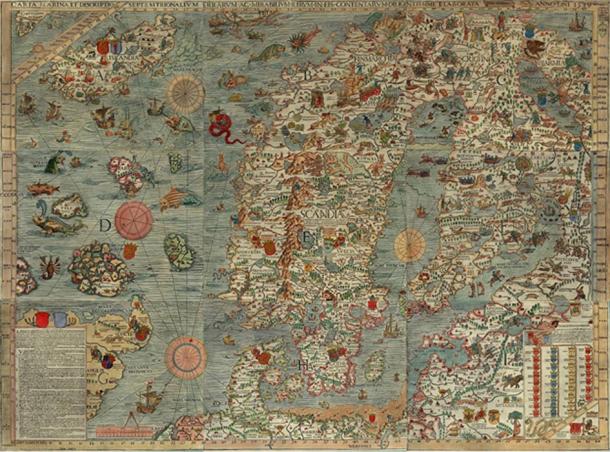
The Carta marina by Swedish ecclesiastic Olaus Magnus from 1539 shows a series of sea creatures in the waters between Norway and Iceland. ( Public Domain )
Was the Kraken a Giant Octopus, Squid, or Crab?
Thanks to the accounts of fishermen, the Danish historian Erik Pontoppidan described the Kraken’s appearance in his work Natural History of Norway (1755.) He wrote that the beast is “round, flat, and full of arms, or branches […] the largest and most surprising of all the animal creation.” The fishermen who spoke to Pontoppidan were apparently unanimous in their description of the creature.
Most scholars believe that the Kraken is based on one or an amalgamation of species of squid or octopus. The most popular is the belief that the beast’s appearance is closest to a giant squid. However, these animals are not believed to be particularly interested in making contact with humans, unlike the far more aggressive, but much smaller – only about the size of a human – Humboldt squid. Some have even suggested that the Kraken emerged from the even larger (by mass) colossal squid, but that’s unlikely since colossal squid live near Antarctica, not Scandinavia.
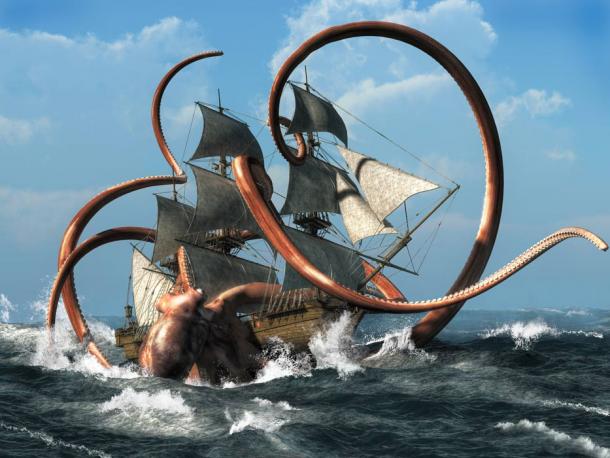
A Kraken attacking a ship. ( Daniel /Adobe Stock)
Although the Kraken was usually described as looking like a giant octopus or squid , which is probably what the legendary monster is based on, it has also been described as a “crab-like” creature that was believed to cause large whirlpools. The Swedish author Jacob Wallenberg described the Kraken in the 1781 work Min son på galejan (“My son on the galley”) as follows:
“Gradually, Kraken ascends to the surface, and when he is at ten to twelve fathoms, the boats had better move out of his vicinity, as he will shortly thereafter burst up, like a floating island, spurting water from his dreadful nostrils and making ring waves around him, which can reach many miles. Could one doubt that this is the Leviathan of Job?”
The Most Likely Candidate for the Kraken
The Kraken was said to lie at the bottom of the sea and surface in search of food or when disturbed, probably by a large ship. Stories generally claimed that when humans made contact with a Kraken there was sure to be trouble. Some folktales refer to the creature as “the sea-mischief,” which hints at their nature, but may even be a bit of a lighter nickname than it deserves when you consider the scary stories of the giant beasts capturing ships full of men and pulling them down into the depths of the sea. If the strong tentacles of the ‘sea monster’ failed to pull down a ship, then it would supposedly swim quickly in circles around a ship and create a whirlpool to achieve its maleficent goal.
The myth of the Kraken is believed by many historians to have originated from the giant squid. If the Kraken is based on a giant squid, this could explain the description of the “belch” or “poop” the creature is said to emit – a confusion of the onlookers witnessing the squid trying to protect itself by squirting out ink.
The giant squid can reach up to 13 meters (43 ft.) in length and has been rarely seen by humans as it lives in very deep waters. The large tentacles and shocking appearance of the then-unknown creature would have understandably inspired fantastical stories. Even today, there is a sense of mystery, awe, and sometimes terror when people hear stories about giant squids inhabiting the dark and foreboding depths of the ocean.
With so much of deepest parts of the ocean still unexplored by humans, it’s also possible that the stories of the Kraken were created off of something even larger, more ancient, and more terrifying than any animal we know of today.
source: https://www.ancient-origins.net/



